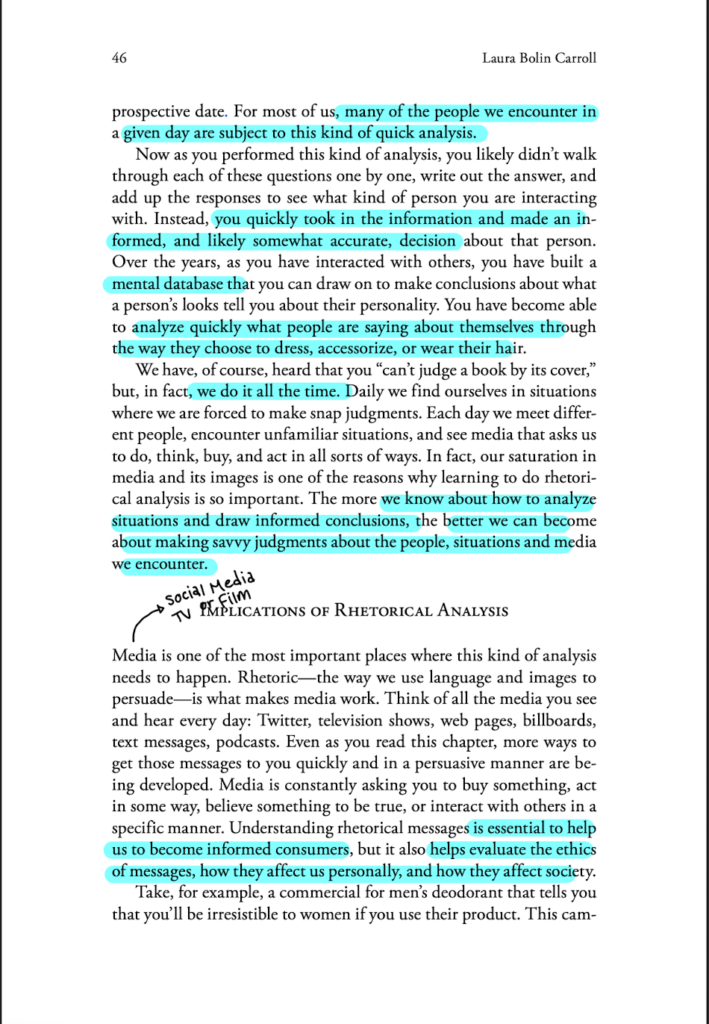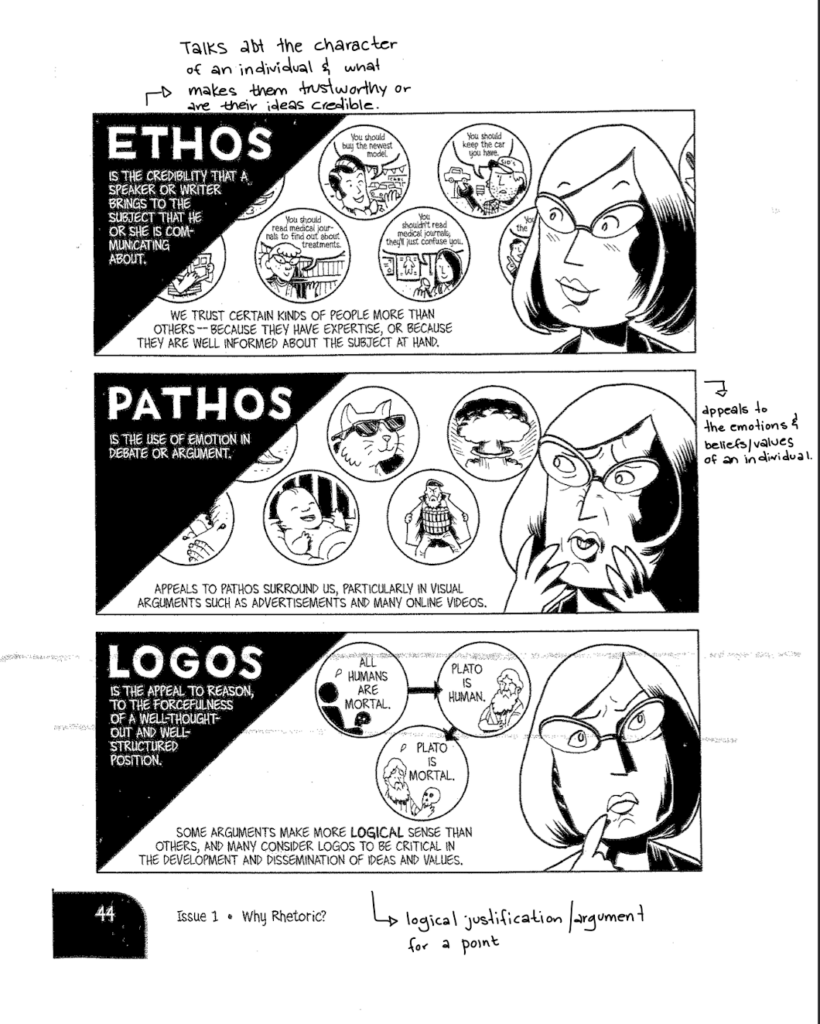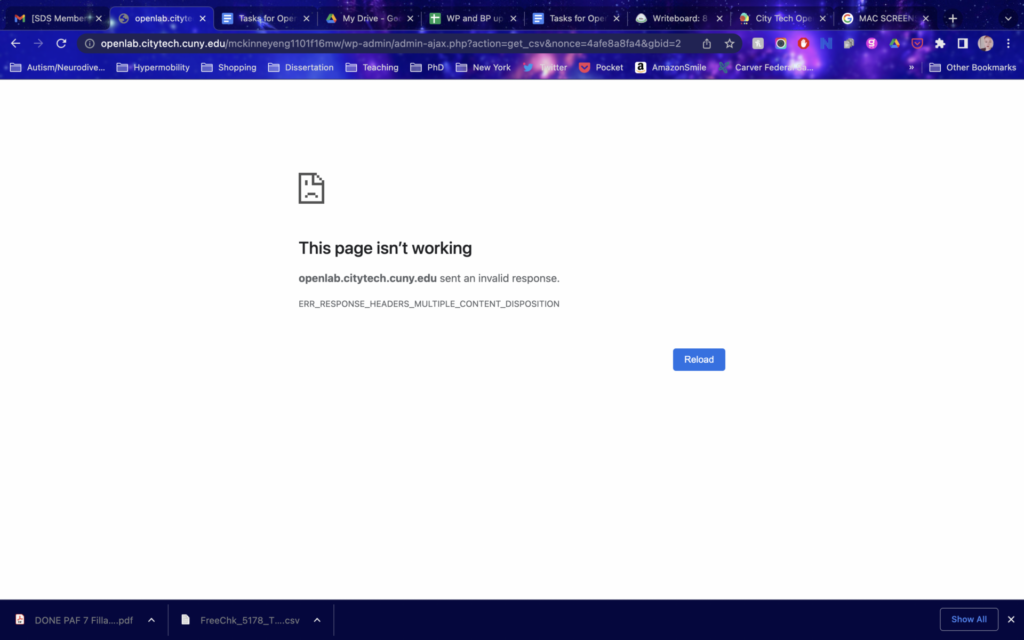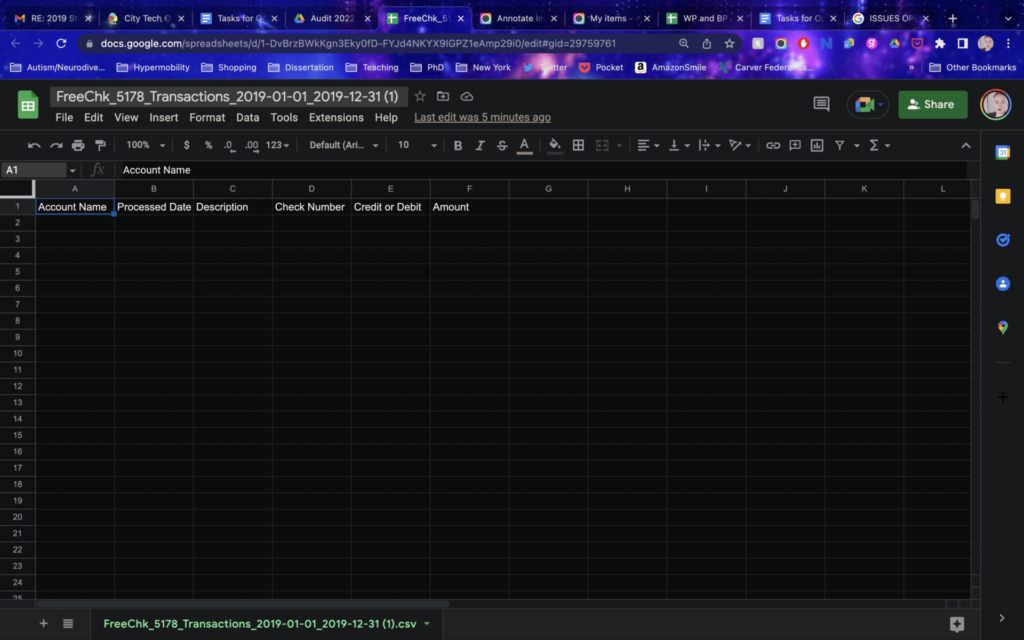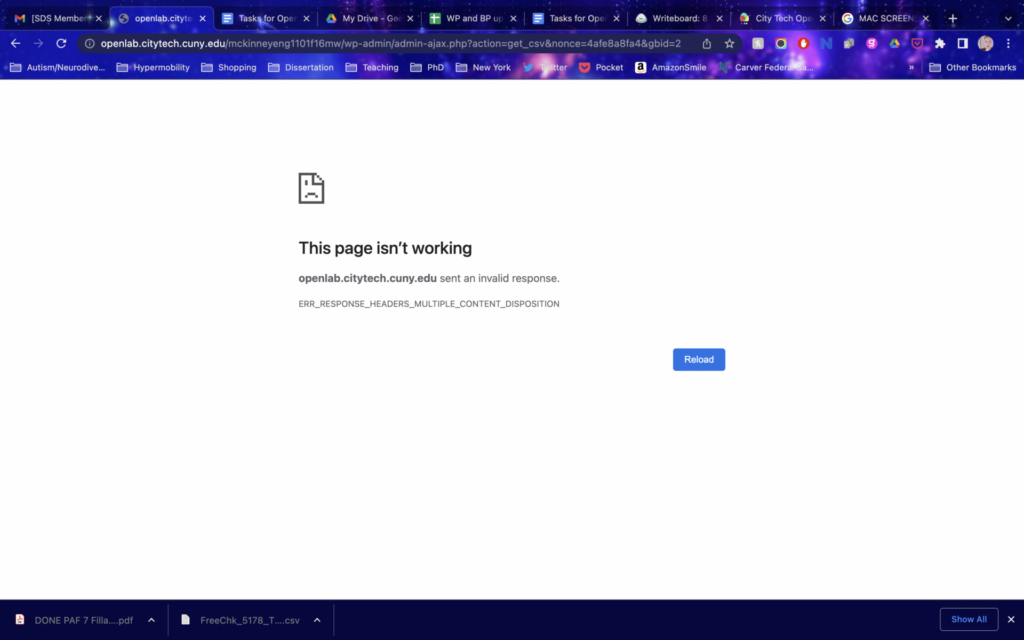Harin Dharmasena
Digital Receipt #1
Reading, Listening, Viewing
This week I spent approximately 1 hour going over all the course documents and exploring the course site. For the documents, I understood each one and was able to figure out how the layout of the class worked. I read the two links on labor logs and grading and how we would be graded in this course. I spent time making sure that I understood everything in the documents, especially in the syllabus. I got how the digital receipts (labor logs) worked and how our assignments and work in this class would be critiqued. I also read the graphic novel pertaining to what we would be covering in class and understood the points of the use of rhetoric in writing. While going through the course documents I was able to focus easily and easily understand what is required of me. I would say that I worked at my normal speed and work ethic and was able to clearly grasp this week’s workload.
Writing
This week our only writing assignment was to learn how the comments section for week 1 worked. This took me about 5 to 10 minutes in total to do, as I was slowly figuring out the common’s website. After creating my account, I was able to comment on the post and complete the assignment. During this assignment, I worked at a normal speed trying to learn how the assignment was a post to be handed in. I do not believe that I struggled at this yet did my best.
Providing & Responding to Feedback
As this is the first week of assignments for this course, I have not really received any feedback yet but am hoping to get some feedback on how to better improve my digital receipts and how to further understand how the course site works.
Reflecting
I learned how to create a digital receipt (labor log) and grasped how this weekly task could show my growth in this class. I think I completed the writing assignment as best as I could, although I hope to learn with future assignments. I also learned how important it is that I present my work regularly to receive credit. I am slowly learning how the course site within commons works, and how to master the controls of the site. I have a basic understanding of how the course site operates and am looking forward to receiving feedback on how to better improve these digital receipts.
Collaborating
Thus, because it is the first week of class, and I have only had such a few times with my classmates have not had the chance to collaborate at all. I have introduced myself through the course site and through our week #1 assignment. Other than that, I haven’t had much communication, I am looking forward to collaborating and working with my peers in the coming weeks.

